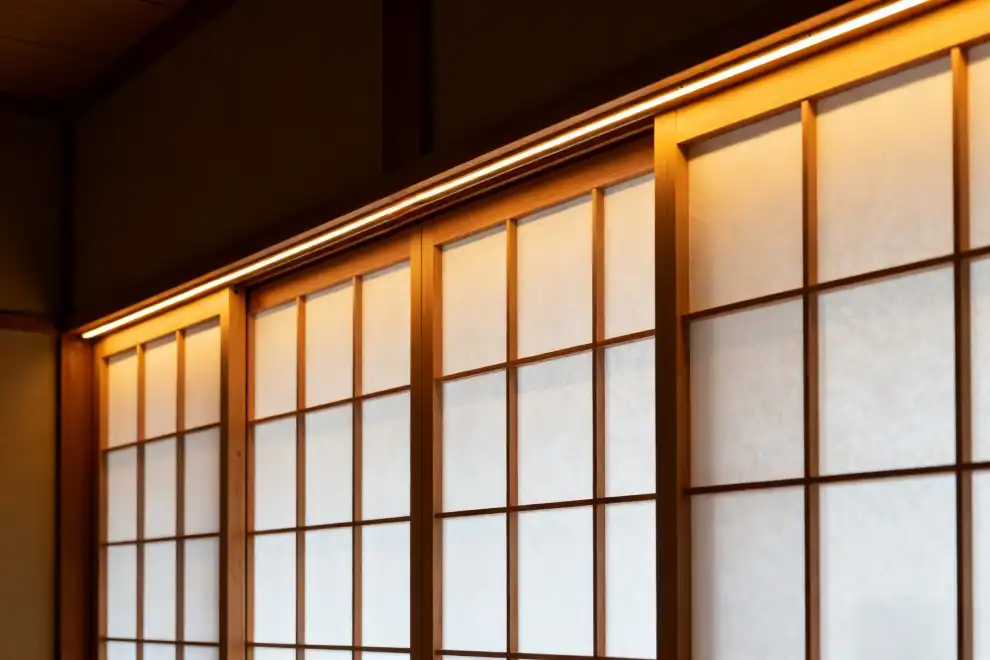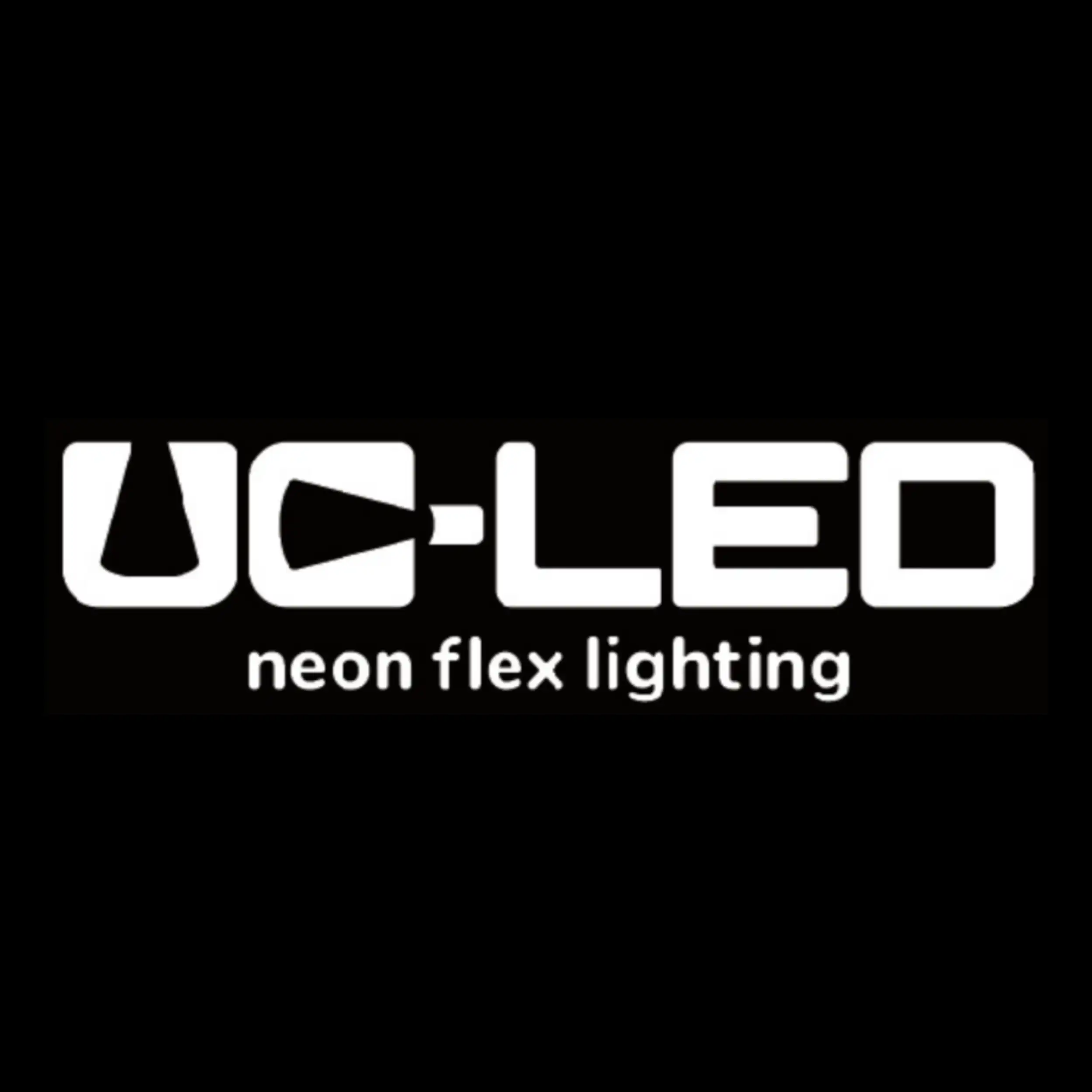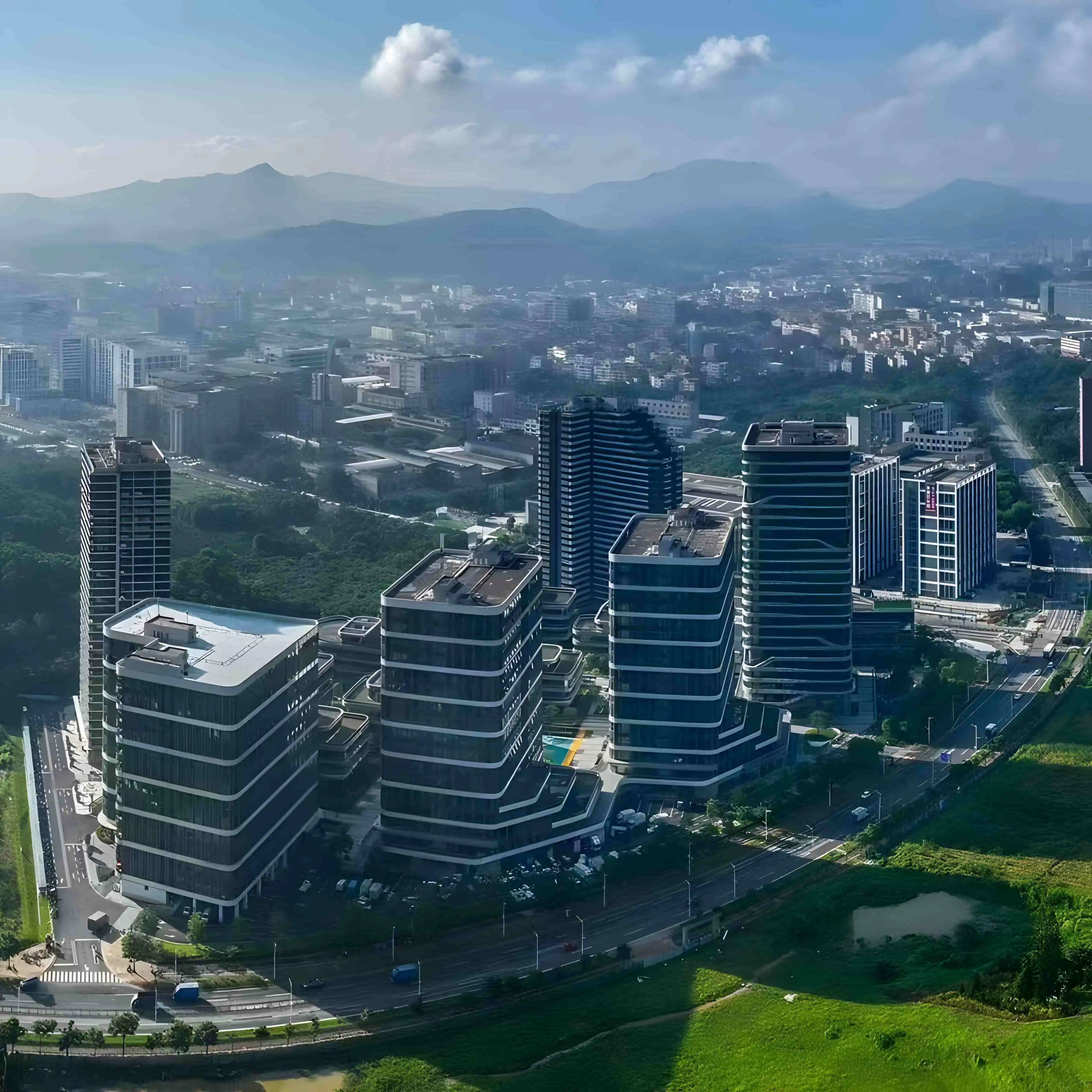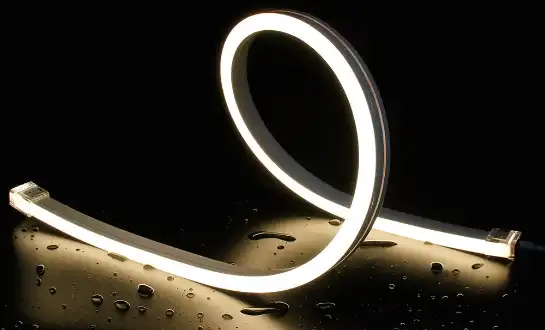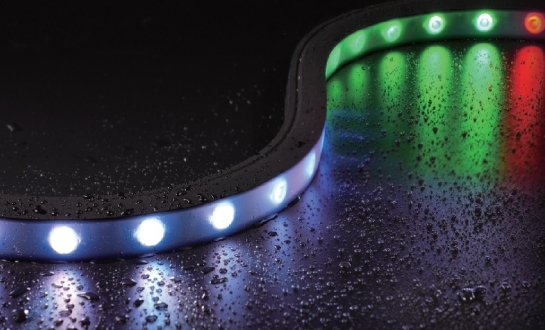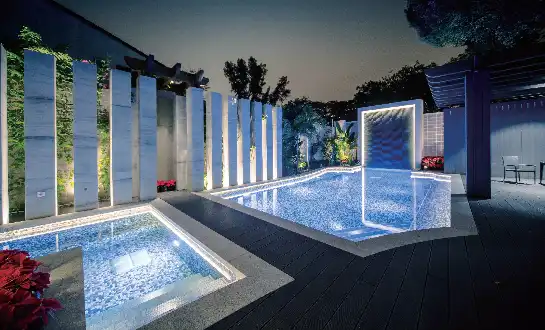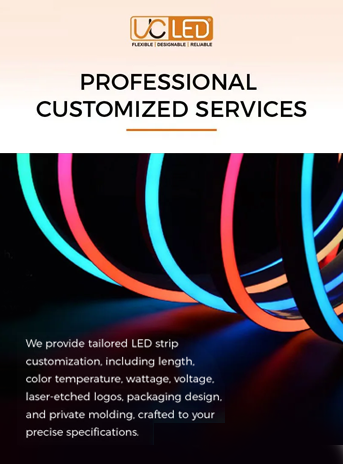The Rise of High-Efficacy LED Technology in Japan's Business Sector
Japan has long been at the forefront of technological innovation, and the lighting industry is no exception. The adoption of high-efficacy LED strips in the business sector represents a significant leap forward in energy-efficient lighting solutions. These advanced lighting systems are characterized by their ability to produce more light output per unit of energy consumed, making them an ideal choice for businesses looking to reduce their carbon footprint and energy bills.
The Japanese government's commitment to energy conservation and sustainability has further accelerated the adoption of high-efficacy LED technology. Stringent energy efficiency standards and incentives for businesses to implement eco-friendly practices have created a fertile ground for the proliferation of these innovative lighting solutions. As a result, companies across various industries are increasingly turning to high-efficacy LED strips to illuminate their workspaces, retail environments, and industrial facilities.
Key Benefits of High-Efficacy LED Strips for Japanese Businesses
The advantages of implementing high efficacy LED strips extend far beyond mere energy savings. These versatile lighting solutions offer a myriad of benefits that align perfectly with the needs of modern Japanese businesses:
- Enhanced Energy Efficiency: High-efficacy LED strips can reduce energy consumption by up to 80% compared to traditional lighting systems, resulting in substantial cost savings for businesses.
- Improved Light Quality: These advanced LEDs provide superior color rendering and consistent illumination, creating more comfortable and productive work environments.
- Longevity and Durability: With an average lifespan of 50,000 hours or more, high-efficacy LED strips significantly reduce maintenance costs and downtime associated with frequent bulb replacements.
- Flexible Design Options: The malleable nature of LED strips allows for creative lighting solutions that can adapt to various architectural features and spatial requirements.
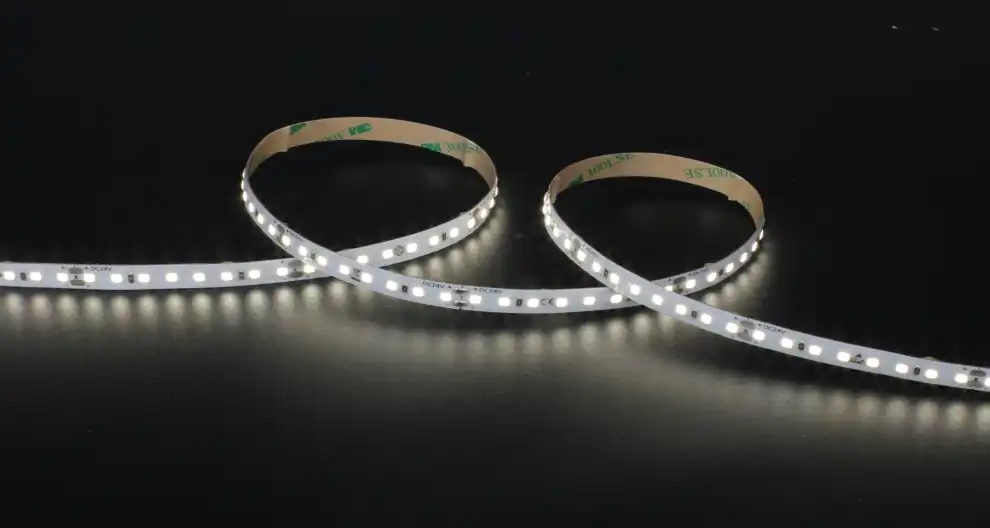
- Environmental Sustainability: By reducing energy consumption and minimizing waste, these LED strips help businesses meet their sustainability goals and comply with environmental regulations.
Innovative Applications of High-Efficacy LED Strips in Japanese Industries
The versatility of high-efficacy LED strips has led to their widespread adoption across various sectors of the Japanese economy. From retail and hospitality to manufacturing and healthcare, businesses are leveraging these advanced lighting solutions to enhance their operations and create more inviting spaces for customers and employees alike.
Retail and Hospitality Sector
In Japan's competitive retail landscape, high-efficacy LED strips are transforming the shopping experience. Retailers are using these flexible lighting solutions to create dynamic displays, highlight merchandise, and set the perfect ambiance in their stores. The ability to adjust color temperature and brightness allows businesses to tailor the lighting to different times of day or seasonal promotions, enhancing customer engagement and potentially boosting sales.
Similarly, in the hospitality industry, hotels and restaurants are utilizing high efficacy LED strips to create immersive environments that captivate guests. From accent lighting in lobbies to mood lighting in dining areas, these versatile LEDs are helping establishments differentiate themselves in a crowded market while simultaneously reducing their energy costs.
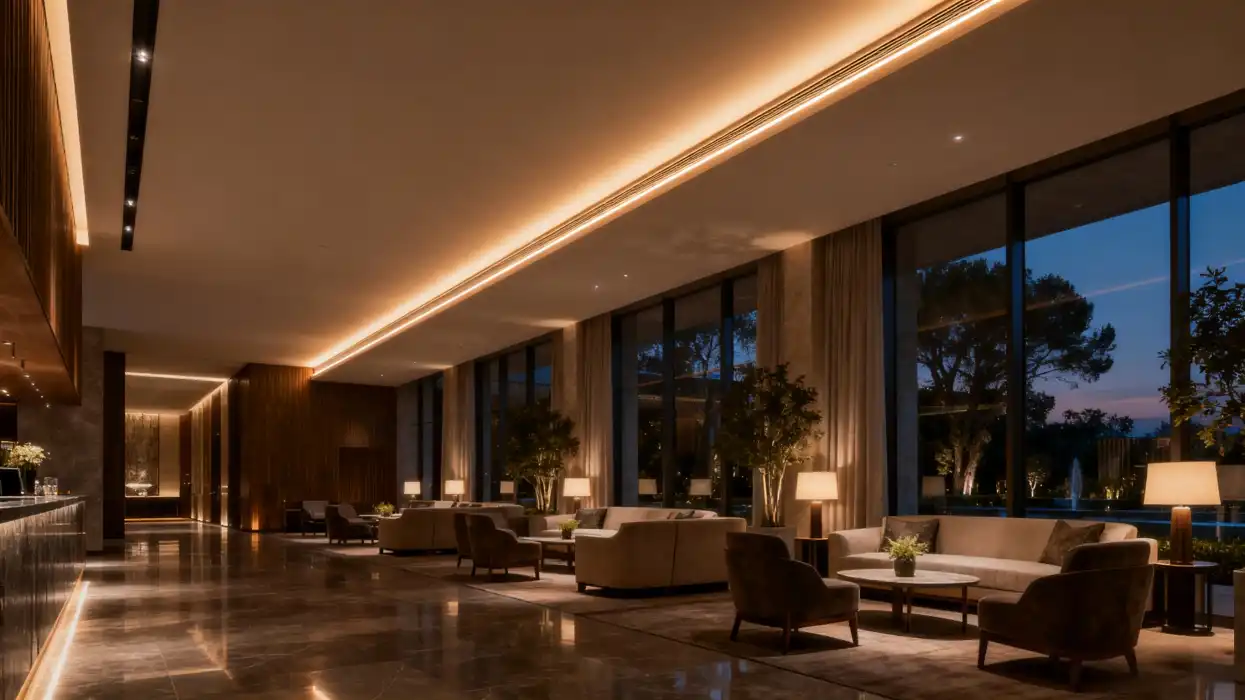
Manufacturing and Industrial Applications
Japan's manufacturing sector, known for its precision and efficiency, has embraced high-efficacy LED strips as a means to improve productivity and worker safety. These lighting solutions provide uniform, high-quality illumination in factories and warehouses, reducing eye strain and improving visibility for workers engaged in detailed tasks.
Moreover, the durability and long lifespan of high-efficacy LED strips make them ideal for industrial environments where maintenance can be challenging. Their ability to withstand vibrations and operate in a wide range of temperatures ensures consistent performance in even the most demanding industrial settings.
Office and Commercial Spaces
In Japan's bustling urban centers, office buildings and commercial spaces are leveraging high-efficacy LED strips to create more dynamic and energy-efficient work environments. These lighting systems can be integrated with smart building management systems, allowing for automated adjustments based on occupancy and natural light levels. This not only optimizes energy use but also contributes to a more comfortable and productive workspace for employees.
The flexibility of LED strips also allows for creative architectural lighting solutions, enhancing the aesthetic appeal of office buildings and potentially increasing property values. From illuminated staircases to backlit reception areas, high-efficacy LED strips are helping Japanese businesses make a lasting impression on clients and visitors.
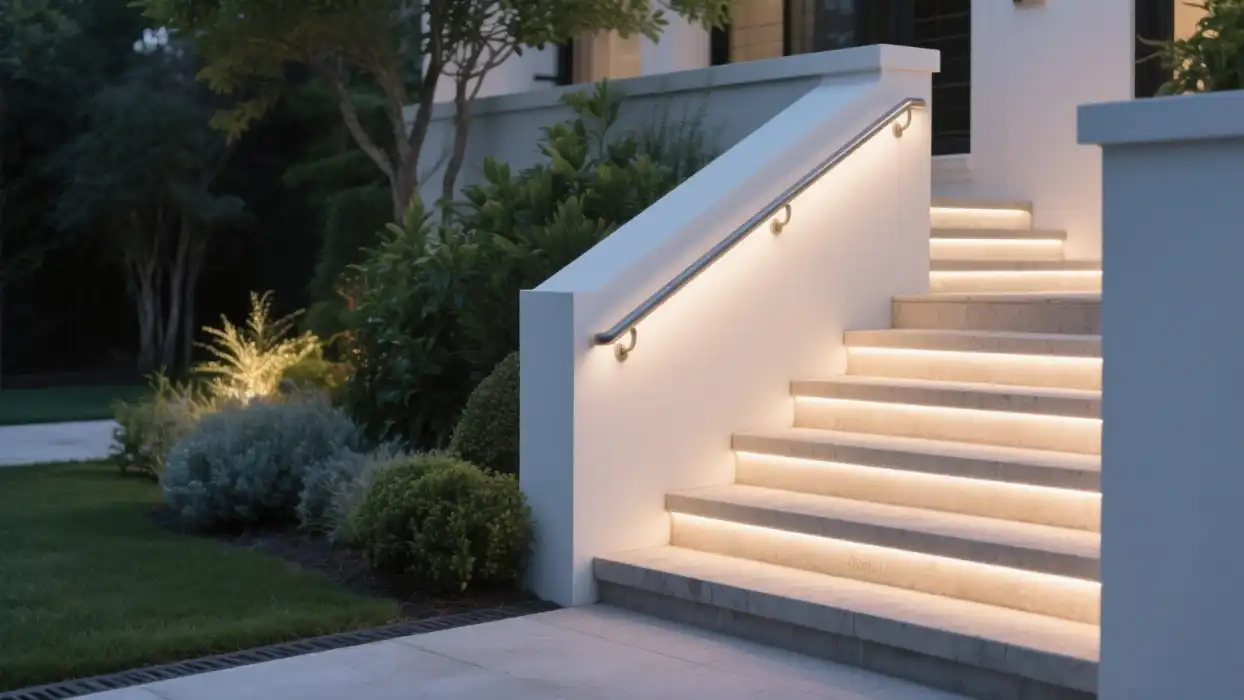
Overcoming Challenges and Future Prospects for High-Efficacy LED Adoption in Japan
While the benefits of high-efficacy LED strips are clear, some challenges remain in their widespread adoption across all sectors of the Japanese economy. Initial installation costs, though offset by long-term savings, can be a barrier for smaller businesses. Additionally, the rapid pace of technological advancement in LED technology means that some companies may be hesitant to invest in current systems, fearing obsolescence.
However, these challenges are being addressed through innovative financing models and modular LED systems that allow for easy upgrades. The Japanese government's continued support for energy-efficient technologies, coupled with growing environmental awareness among consumers, is likely to drive further adoption of high-efficacy LED strips in the coming years.
Technological Advancements and Future Innovations
The future of high efficacy LED strips in Japan looks promising, with ongoing research and development focused on further improving efficiency and expanding functionality. Some exciting developments on the horizon include:
- Increased Efficacy: Researchers are working on pushing the boundaries of LED efficiency, with the goal of achieving even greater energy savings.
- Enhanced Color Quality: Advances in phosphor technology are leading to LEDs with improved color rendering and more natural light output.
- Integration with IoT: The incorporation of smart sensors and connectivity features will allow for more sophisticated control and automation of lighting systems.
- Biodegradable Materials: Efforts are underway to develop eco-friendly LED components, further enhancing the sustainability profile of these lighting solutions.
As these technologies mature, Japanese businesses can expect even greater benefits from their investment in high-efficacy LED lighting systems.
The Role of Government Policies and Industry Collaboration
The Japanese government's commitment to reducing carbon emissions and promoting energy efficiency continues to play a crucial role in the adoption of high-efficacy LED technology. Policies such as the Top Runner Program, which sets efficiency standards for various products including lighting, are driving manufacturers to innovate and improve their offerings constantly.
Furthermore, collaboration between industry leaders, research institutions, and government agencies is fostering an environment of innovation in the LED sector. This synergy is likely to accelerate the development of new applications and improvements in existing technologies, ensuring that Japan remains at the forefront of energy-efficient lighting solutions.
Conclusion
High-efficacy flexible LED strips represent a significant leap forward in energy-saving solutions for businesses in Japan. Their combination of superior efficiency, versatility, and longevity makes them an attractive option for companies looking to reduce their environmental impact and operational costs. As technology continues to advance and adoption becomes more widespread, these innovative lighting solutions are poised to play an increasingly important role in Japan's sustainable business landscape.
For businesses seeking to implement high efficacy LED strips, partnering with a reputable manufacturer or supplier is crucial. Look for providers with a proven track record in delivering high-quality, energy-efficient lighting solutions tailored to the unique needs of Japanese businesses. By choosing the right LED strip supplier or manufacturer, companies can ensure they are investing in a lighting system that will deliver long-term benefits and contribute to their sustainability goals.
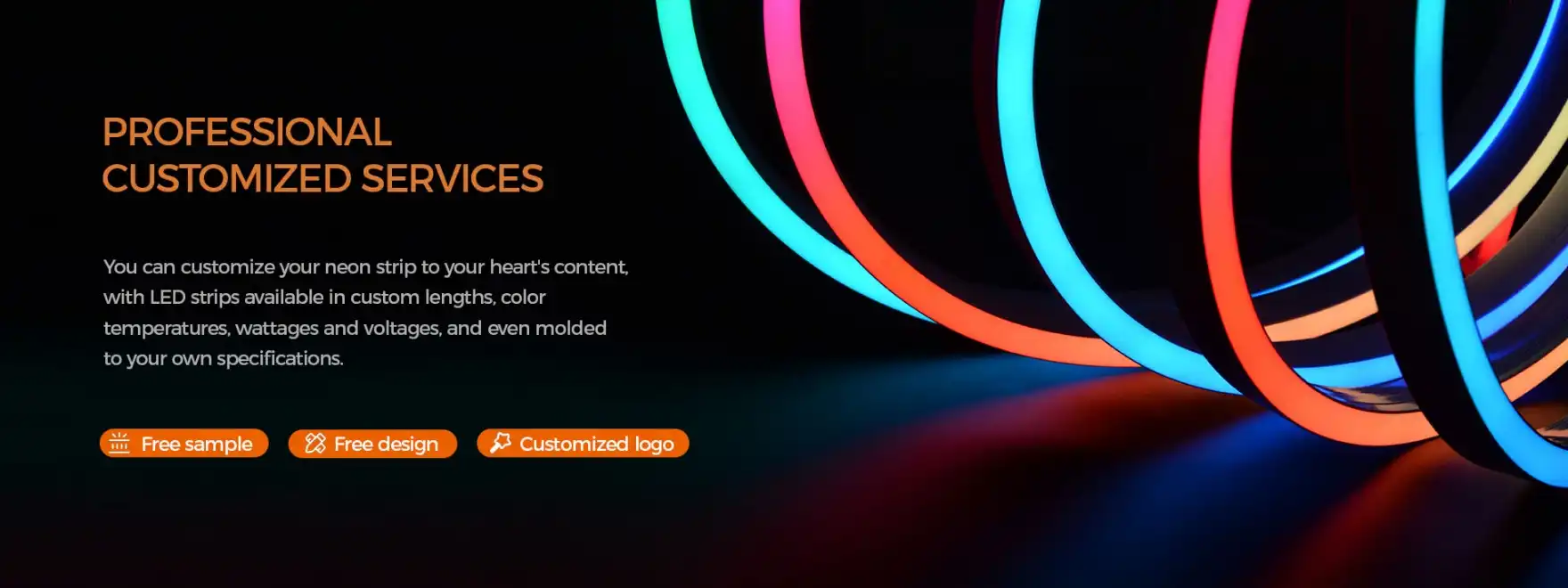
FAQ
What makes high-efficacy LED strips different from regular LED strips?
High-efficacy LED strips produce more light output per unit of energy consumed, offering superior energy efficiency and cost savings compared to standard LED strips.
Are high-efficacy LED strips suitable for all types of businesses in Japan?
Yes, these versatile lighting solutions can be adapted for various applications across different industries, from retail and hospitality to manufacturing and office spaces.
How long do high-efficacy LED strips typically last?
High-efficacy LED strips often have a lifespan of 50,000 hours or more, significantly reducing maintenance needs and replacement costs.
High-Efficacy Flexible LED Strips: Energy-Saving Solutions for Businesses in Japan | QUAN HE
QUAN HE Lighting Co., Ltd., established in 2015, is a leading manufacturer of premium linear lighting products, including high-efficacy flexible LED strips. With our state-of-the-art 5,000m²+ factory and expert R&D team, we deliver innovative, energy-saving lighting solutions tailored to the unique needs of Japanese businesses. Our ISO-certified manufacturing processes and comprehensive OEM/ODM services ensure top-quality products that meet the highest industry standards. Trust QUAN HE, your reliable LED strip supplier and manufacturer, to illuminate your projects with precision and excellence. Contact us at Linda@uc-led.com for customized, energy-efficient lighting solutions.
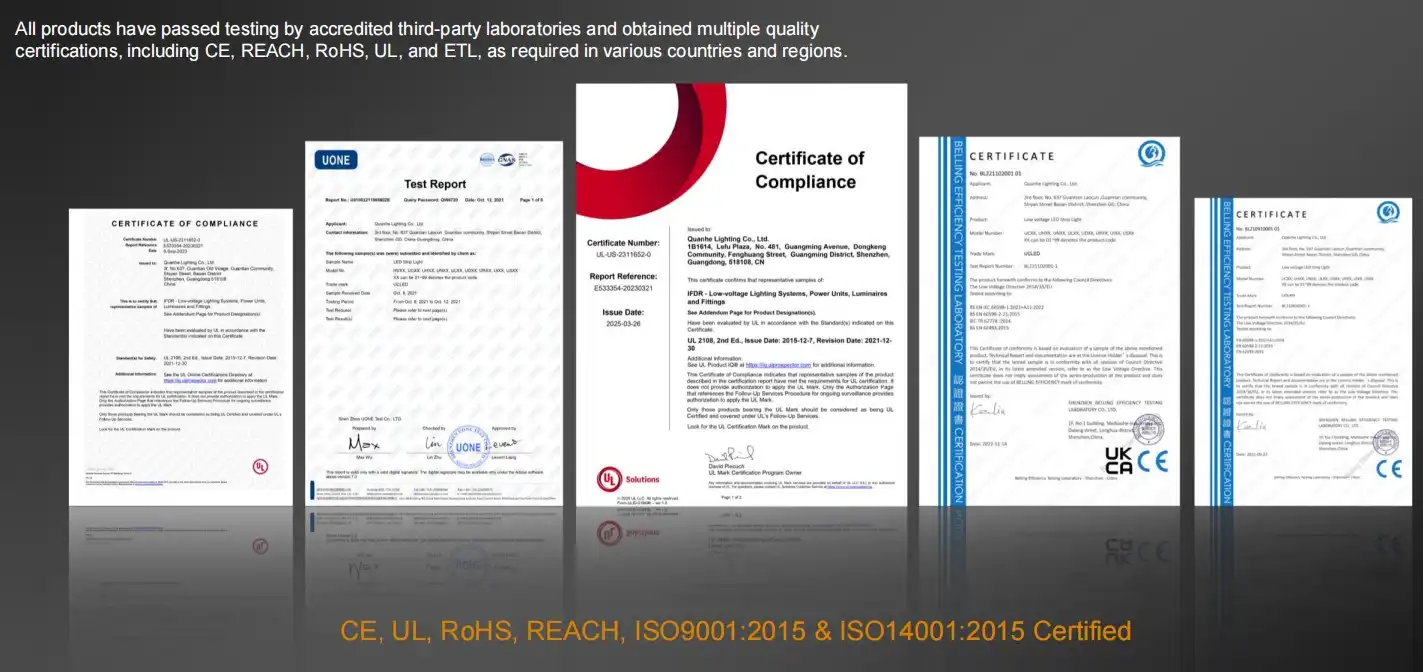
source: LED Light
References
1. Tanaka, K. (2022). "Energy-Efficient Lighting Trends in Japanese Commercial Sectors." Journal of Sustainable Business Practices, 15(3), 78-92.
2. Yamamoto, H., & Sato, M. (2021). "High-Efficacy LED Technology: Advancements and Applications in Japan." Asian Journal of Energy Engineering, 9(2), 145-160.
3. Ministry of Economy, Trade and Industry. (2023). "Japan's Energy Conservation Policies and LED Adoption Rates in the Business Sector." Annual Report on Energy, Tokyo: Government of Japan.
4. Nakamura, S., & Takahashi, R. (2020). "The Impact of LED Lighting on Productivity and Well-being in Japanese Workplaces." International Journal of Occupational Health and Safety, 12(4), 210-225.
5. Ito, Y., & Watanabe, T. (2023). "Innovative Applications of Flexible LED Strips in Japanese Retail Environments." Retail Design Quarterly, 28(1), 35-49.
